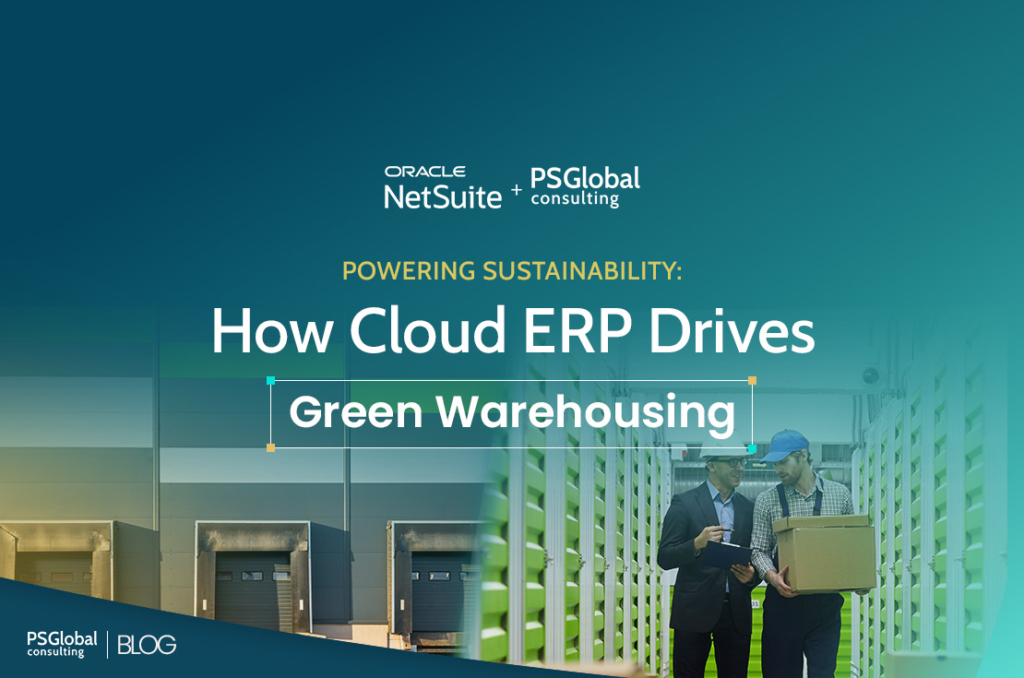The global supply chain, a massive engine of commerce, is also a significant contributor to carbon emissions and waste. As consumers, regulators, and investors increasingly demand corporate accountability, businesses are rapidly shifting focus to sustainability. At the heart of this transformation is the concept of green warehousing, a pivotal step towards a more eco-friendly and resource-efficient logistics network.
What is Green Warehousing?
Green warehousing is an approach to designing, building, and operating a warehouse facility in a way that minimises its environmental footprint. It is a critical component of the broader concept of “green logistics” and involves a comprehensive strategy that touches every aspect of the warehouse life cycle.
What it Entails
Green warehousing is far more than just installing LED lights or recycling bins. It is a holistic commitment to resource conservation and efficiency, encompassing:
Energy Efficiency
This primarily focuses on measures like utilising renewable energy sources (solar panels, wind turbines), implementing energy-efficient HVAC and refrigeration systems, maximising natural daylight through skylights, and switching to smart LED lighting with motion sensors.
Water Conservation
Strategies include rainwater harvesting for non-portable uses (like toilet flushing or landscaping), installing low-flow plumbing fixtures, and implementing water recycling systems.
Waste Reduction and Management
Focus areas are reducing packaging waste (e.g., using recyclable, reusable, or right-sized packaging), establishing robust recycling programs for cardboard, plastics, and metal, and conducting waste audits to identify and eliminate sources of waste.
Sustainable Infrastructure
This involves using eco-friendly and locally sourced construction materials, such as recycled steel and sustainably harvested timber, and implementing “cool roofs” with reflective coatings to reduce heat absorption and the need for air conditioning.
Optimised Operations
Perhaps the most impactful area is improving inventory management, optimising the movement of goods and people within the facility, and streamlining receiving, putaway, picking, and shipping processes to reduce energy spent on movement and avoid product obsolescence (waste).
The immediate and long-term benefits of green warehousing are compelling, extending beyond environmental stewardship. Businesses typically realise significant cost savings from reduced utility bills, lower waste disposal fees, and optimised operational efficiency. Furthermore, it enhances brand reputation with environmentally conscious customers, strengthens regulatory compliance, and often leads to higher employee satisfaction and productivity due to a healthier working environment.
The Digital Backbone: Cloud ERP and the Green Transition
The transition to a truly green warehouse, however, cannot be accomplished solely through physical upgrades. It requires a robust, centralised information system to manage the complexity, track performance, and drive continuous improvement. Ideally, this role suits a cloud enterprise resource planning (ERP) system.
A cloud ERP provides the essential digital infrastructure for green warehousing in several key ways:
Real-Time Visibility and Data Centralisation
Sustainability efforts live and die by data. A cloud ERP integrates data from across the entire business, from procurement and manufacturing to inventory and financials. This single source of truth allows businesses to accurately track key metrics like energy consumption per square foot, water usage, and the volume of waste generated. Real-time dashboards provide instant insights, enabling timely corrective action rather than relying on delayed, historical reporting.
Inventory Optimisation for Waste Reduction
Excess or obsolete inventory is one of the most significant contributors to waste in the supply chain. A cloud ERP’s advanced inventory management features allow businesses to apply sophisticated forecasting techniques based on historical sales data, seasonal trends, and even external factors.
By minimising overstocking and improving inventory accuracy, the system directly reduces product obsolescence and the subsequent need for disposal.
Optimising Logistics and Transportation
The ERP system is crucial for enabling “green logistics”. Integrated modules like the warehouse management system (WMS) and the transportation management system (TMS) facilitate the most efficient operational workflows.
This includes optimising putaway strategies to minimise travel time for forklift operators (reducing energy/fuel consumption), streamlining picking paths, and enabling efficient load planning (cartonisation) to maximise truck space and reduce the number of shipments needed, thereby cutting transportation emissions.
Enabling Sustainable Procurement
Cloud ERP systems can manage the entire procure-to-pay process, allowing companies to track and prioritise vendors based on their own sustainability credentials. Businesses can mandate and monitor the use of eco-friendly packaging materials and ensure compliance with ethical sourcing policies, thereby making the upstream supply chain greener.
Simplified Sustainability Reporting
As environmental, social, and governance (ESG) reporting becomes mandatory, the ERP acts as the engine for compliance. It automates the collection of necessary environmental data (Scope 1, 2, and 3 emissions tracking, waste metrics, water use), reducing the manual effort and error associated with reporting, and providing audit-ready reports for stakeholders and regulators.
Oracle NetSuite: A Catalyst for Green Warehouse Operations
Oracle NetSuite, a leading cloud-based ERP solution, is uniquely positioned to empower businesses on their journey to green warehousing through its integrated and unified platform. NetSuite’s robust capabilities directly translate into tangible sustainability improvements:
Advanced Warehouse Management System (WMS)
NetSuite WMS is fully integrated with the core ERP. It provides mobile-device-directed operations (RF scanning, guided putaway/picking) that ensure the most efficient use of labour and equipment.
By determining the shortest, most efficient pick paths and putaway locations, it drastically reduces unnecessary vehicle movements, directly translating to less energy/fuel consumption and wear-and-tear. Furthermore, features like wave management and cartonisation optimise order fulfilment, ensuring less air is shipped and fewer packaging materials are wasted.
Inventory and Supply Chain Visibility
NetSuite provides a real-time, 360-degree view of inventory across all locations. This unparalleled visibility minimises the risk of obsolete stock and enables more precise demand forecasting, which in turn leads to leaner, more sustainable purchasing and production schedules. By facilitating techniques like just-in-time inventory, businesses can operate with lower buffer stock, reducing the physical space and energy required for storage.
Centralised Financial and Operational Data
As a unified suite, NetSuite connects environmental data with financial data. This allows businesses to create accurate, data-driven business cases for green investments. For example, a company can precisely track the return on investment (ROI) of a solar panel installation or an electric forklift fleet by comparing real-time energy savings against initial outlay, driving smarter, sustainability-focused investment decisions.
Compliance and Reporting
NetSuite can be configured to track and report on ESG metrics, including those related to the warehouse’s operations, such as energy usage and waste output. This centralised reporting capability ensures regulatory compliance and enhances corporate transparency, building trust with stakeholders increasingly demanding evidence of a company’s commitment to sustainability.
In a Nutshell
In the modern era, the warehouse is no longer just a storage facility; it is a vital engine for value creation and a critical proving ground for corporate sustainability. By leveraging the power of cloud ERP systems like Oracle NetSuite, businesses can move beyond simple compliance to truly embed sustainable, resource-efficient practices into the core of their operations, ensuring both a healthier planet and a more profitable future.



